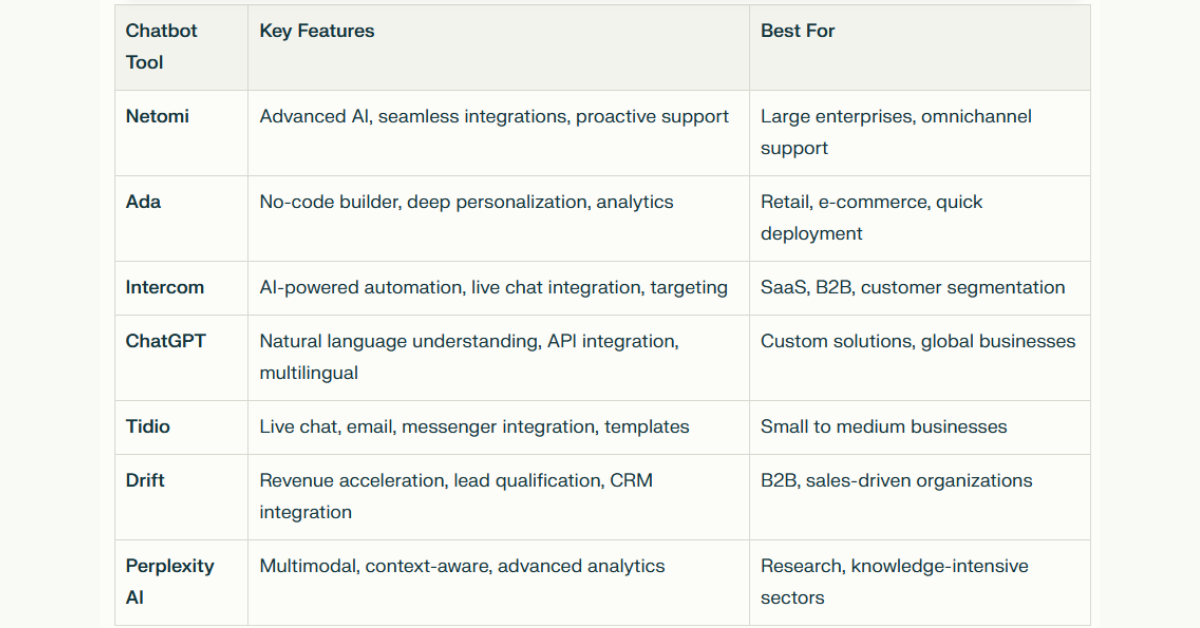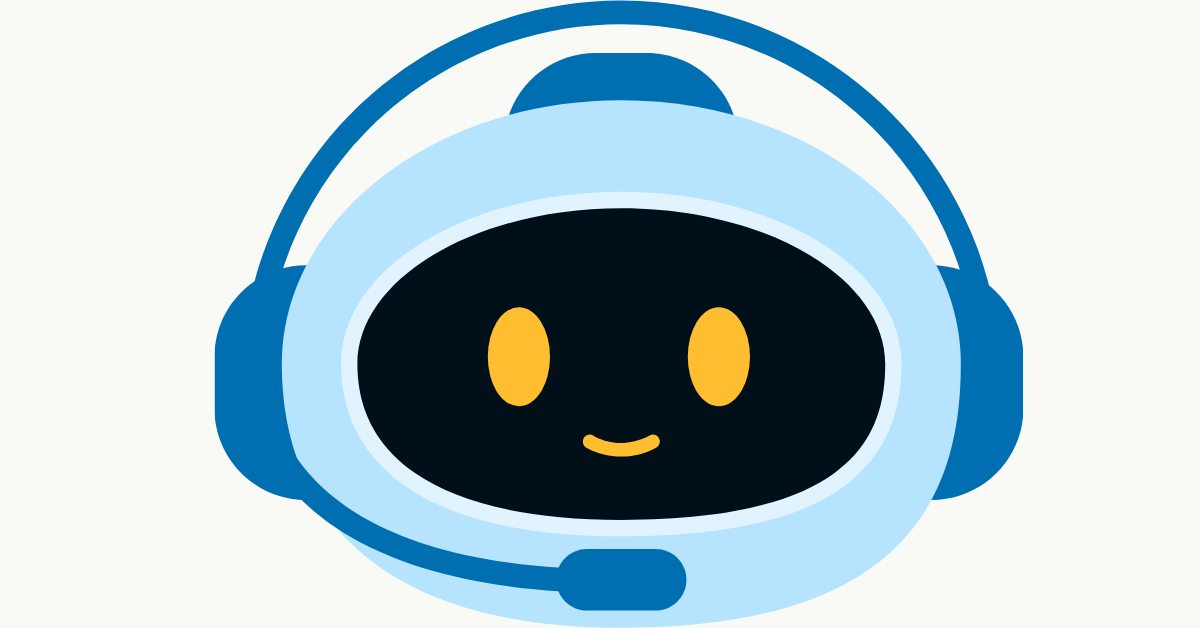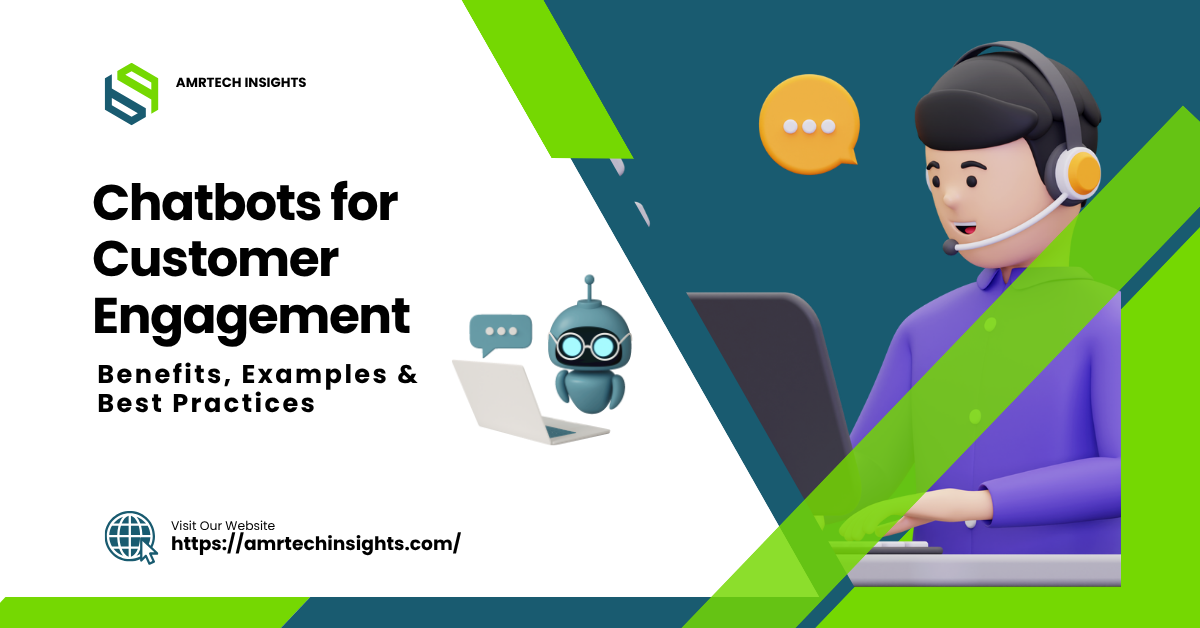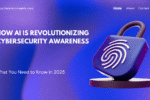In today’s digital-first environment, customer expectations have skyrocketed. Businesses need to offer rapid, reliable, and personalized service 24/7. The next big thing in AI-enabled customer care is the use of AI chatbots for consumer engagement. They are changing how brands talk to their customers, which is making them more efficient, happy, and growing. This all-in-one guide covers the benefits of chatbots in customer care, gives real-life examples, and discusses best practices to help you use AI chatbots to grow your business-AI Chatbots Customer Engagement.
AI chatbots are becoming more popular for customer engagement.
AI for consumer engagement has changed quickly. Early chatbots could only answer simple questions since they used strict scripts. Now, chatbots that use advanced AI can grasp context, intent, and sentiment thanks to natural language processing and machine learning. These bots talk to clients on websites, applications, and messaging platforms, giving them smooth experiences all day, every day.
Companies know that AI chatbots for customer care aren’t simply a fad; they are a must-have. Chatbots have a big effect on how well customer service works because they make things more efficient, cut costs, and improve connections with customers.
Best Chatbots for Customer Engagement Tools:

Advantages of Chatbots in Customer Service
1. Offer customer service around the clock, seven days a week.
Customers want answers right now. AI-powered chatbots are making customer service faster in retail and other fields by being available 24/7. They answer many questions at once, so no one has to wait in line. This always-on availability makes customers happier and promotes trust.
2. Consistent Service Across All Channels-AI Chatbots Customer Engagement
Human agents can have different levels of skill and ways of doing things. Chatbots change customer service by always giving the same replies, tone, and quality. No matter what time of day a customer interacts with you, the experience is always the same and dependable.
3. Cut down on customer requests and the work that agents have to do.
Chatbots handle and answer common questions, such as tracking orders, getting product information, or fixing account problems. This cuts down on the number of requests that go to human agents, which lets them focus on more difficult issues. Because of this, operational costs go down, and agents don’t get as fatigued.
4. Personalization on a large scale
Personalization is the most important part of current client engagement. AI chatbots look at client data, their past purchases, and their preferences to give personalized answers and suggestions. They recall earlier interactions, which makes for a smooth and personalized experience that increases sales and loyalty.
5. Getting involved ahead of time
AI chatbots for customer engagement domore than just respond; they take action. They start conversations, help people, and suggest items based on what they look at. This proactive method boosts conversion rates and makes relationships with customers stronger.
6. Make interactions with customers better-AI Chatbots Customer Engagement
Chatbots can figure out what a client wants and how they feel and then change their answers to show empathy and be relevant. If a customer is upset, the chatbot can either escalate the problem or offer specific remedies to make sure things go well.
7. Saving money and being able to grow
AI chatbots for business can easily handle spikes in demand. They cut down on the requirement for big support teams, which saves a lot of money. Chatbots keep up with your business as it grows without lowering the quality of service.
AI chatbots change the way customer service works by providing support around the clock, making experiences more consistent, and lightening the strain on agents. They make it possible to personalize on a massive scale, engage people before they need to, and have emotionally intelligent conversations. Businesses save money and get support that can grow with them. In general, chatbots make things more efficient, make customers happier, and keep them coming back.

The Effectiveness of Chatbots: How They Affect the Real World-AI Chatbots Customer Engagement
Key performance measures show that chatbots work well:
AI chatbots fix problems right away, which cuts down on average wait times by as much as 45%.
Businesses say that after using chatbots, customer satisfaction levels go up by as much as 28%.
Less work for support staff: Chatbots can handle up to 35% of support tickets, which lets human agents focus on more important responsibilities.
More sales: Personalized recommendations and proactive involvement lead to increased conversion rates.
These statistics show how AI affects the consumer experience and why AI chatbots are so important in today’s competitive market.
Here are examples of AI chatbots that encourage customer engagement.
Retail: Increasing Sales and Lowering Abandonment
AI-powered chatbots are making customer service better in stores by helping customers choose products, answering queries, and reminding them of carts they left behind. For instance, a consumer looking at shoes gets a tailored recommendation and a discount code from the chatbot, which leads to a sale.
Banking: Safe, Immediate Help
AI chatbots are used by banks to help customers with questions about their balances, payments, and fraud alerts. Customers get help that is always safe, swift, and reliable, without having to wait for a human agent.
Travel: 24 hours a day, 7 days a week Making a reservation and getting help
Travel companies use chatbots to manage booking modifications, provide real-time flight updates, and address inquiries about travel policies. This cuts down on the number of calls to call centers and makes travel more enjoyable.
SaaS and Tech: Large-Scale Technical Support-AI Chatbots Customer Engagement
Chatbots assist software businesses in resolving issues, facilitating the onboarding of new users, and referring complex problems to experts. This method makes sure that users get help right away, which helps keep them and get more people to use the product.
AI Framework for Customer Engagement
A strong AI consumer engagement architecture has
Detecting intent: figuring out what the customer wants.
Personalization: Making sure that answers fit each person’s wants.
Seamless escalation: passing things off to human agents when needed.
Learning all the time: getting better with each interaction.
This architecture makes sure that chatbots stay useful and relevant as clients needs change.
AI chatbots are transforming customer service operations.
AI chatbots, designed for consumer involvement in 2022 and beyond, have raised the bar for assistance. They change how customer service works by
Doing the same things over and over again
Giving information that is correct and up-to-date right away
Offering multilingual support enables companies to effectively communicate with people globally.
Getting criticism and ideas to keep getting better
Companies that use AI to connect with customers have a big advantage over their competitors. They give better experiences while making the most of their resources and keeping expenses down.

The best ways to use AI chatbots-AI Chatbots Customer Engagement
1. Set clear goals.
Find out what you want your chatbot to do, like lowering the number of tickets, increasing sales, or making people happier. Set KPIs that can be measured to keep track of success.
2. Pick the Right Platform
Choose the best chatbots for customer interaction tools that fit your business needs. Consider its compatibility with other systems, its growth potential, and how much you can modify it.
3. Make personalization a priority.
Use information about your customers to make your interactions more personal. Call consumers by name, remember their preferences, and suggest things that are right for them.
4. Make sure that people may easily pass things on to each other.
Chatbots can’t fix every problem. Make sure that your system can easily pass on complicated issues to human agents so that clients never feel like they are being ignored.
5. Train and update often.
Please continue to provide your chatbot with new data, FAQs, and scenarios to work with. Updates on a regular basis keep answers correct and up to date.
6. Monitor and enhance
Keep an eye on performance measures like response times, resolution rates, and how happy customers are. Use what you learn to make your chatbot better and more useful.
7. Make your point clear.
Please inform customers about what they can expect. Let them know they’re talking to a bot and offer to connect them with a human.
Set clear goals, pick the correct platform, and make personalization a top priority if you want to get the most out of AI chatbots. Make sure that handovers to human agents go well and that the chatbot gets regular training and updates. Monitor the bot’s performance and ensure that users understand its intended functions. AI-powered customer service in the future will feature bots that can read emotions, real-time translation, and digital avatars that look like people to give customers individualized, caring experiences.
The Future of Customer Engagement: AI-Powered Customer Service
The next big thing in customer involvement, AI-powered customer service, will have even smarter AI chatbots. Some trends for the future are
Multimodal interactions: Voice, video, and text support for more intriguing encounters.
Emotion recognition: Bots that can tell how someone is feeling and change how they respond.
Real-time translation breaks down linguistic barriers immediately.
Digital avatars are interfaces that seem like people and provide immersive support.
The findings of research papers on AI in customer service imply that AI will be used in customer service in the future to combine automation with empathy, creating experiences that are hyper-personalized, efficient, and memorable.
AI in Customer Service: Stats and Studies
Recent data on AI in customer support shows:
AI chatbots can help with 75% of customer support issues.
60% of customers choose to handle small problems on their own.
Companies that use chatbots notice a drop of up to 35% in support tickets.
These numbers show that chatbots work and are important for current customer service plans.
AI Chatbots List: Best Free and Paid Options
Check out the finest free and paid AI chatbot tools:
Netomi: Free trial, powerful automation
Ada: No coding, scalable, and analytical
Intercom: live chat, automation, and targeting
ChatGPT: You can change it and connect it to other apps.
Tidio: all-in-one support and templates
Drift: Speeding up sales, connecting with CRM
Perplexity AI: Advanced analytics, several modes
This list of AI chatbots meets the demands of businesses of all sizes, from small to large.
Making Sure Chatbots Work: How to Get Through Tough Times
AI chatbots provide a lot of advantages, yet there are also some problems:
Difficult questions: Some problems need people to think about them. Make sure that escalation goes well.
Data privacy: Use strong security measures to keep consumer data safe.
Continuous improvement: Keep bots up to date and teach them to be accurate.
Businesses may get the most out of chatbots for customer support by dealing with these problems.
Conclusion: Welcome to the future of customer engagement.
It’s no longer discretionary to use AI chatbots to talk to customers; they are now necessary. They offer quick, round-the-clock customer support, cut down on client inquiries, enhance sales, and give consistent service. Businesses may change how they provide customer care, make customer interactions better, and get a competitive edge by using the finest chatbots for customer engagement tools and following best practices.
The next big thing in getting customers to interact with you—AI-powered customer service—is now available. Use AI in customer service to make customers happy, give agents more power, and help your organization flourish. Those who act now will be the first to benefit from AI in customer service.

Hi, I’m Amarender Akupathni — founder of Amrtech Insights and a tech enthusiast passionate about AI and innovation. With 10+ years in science and R&D, I simplify complex technologies to help others stay ahead in the digital era.



